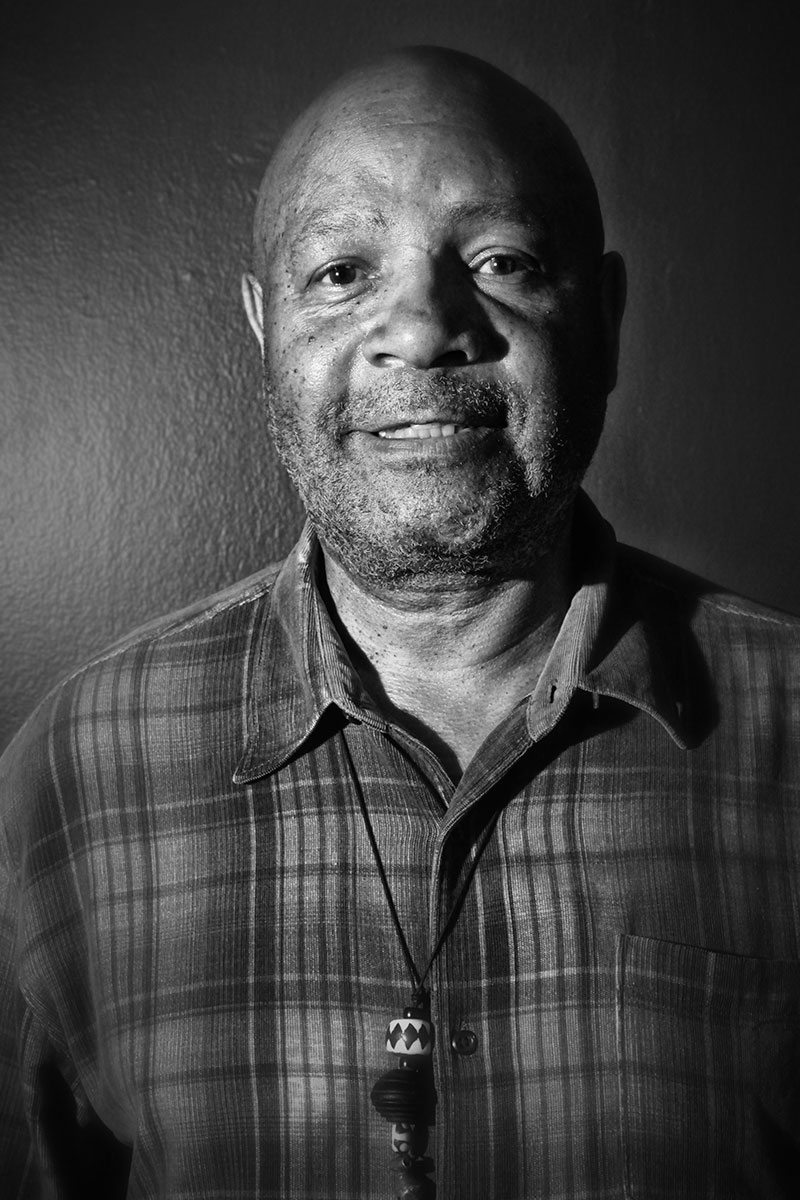Emory Douglas

Emory Douglas is an influential American graphic designer most known for his work for the Black Panther Party, as he served many roles including Minister of Culture, art director, illustrator, and designer for the organization over the span of thirteen years. At a very young age Emory Douglas was incarcerated at the Youth Training School, but there he first dipped his toes into the realm of design working at the prison's print shop where he gained knowledge in typography, illustration, logo design and more. As a young adult, Douglas enrolled in art courses including commerical art and graphic design at the San Francisco Community College where he gained a strong foundation in design that would influence his future work. After coincidentally meeting the founders of the Black Panther Party, Douglas joined the Black Panther Party in 1967 and he began to work for The Black Panther newspaper using his design skills and immense talent. As he began to work for the newspaper, Douglas quickly came to realize that The Black Panther newspaper was lacking strong imagery and striking designs that would effectively communicate the groups ideals without a lot of text for individuals living in poor communities with high illieteracy rates. So using his talents for the Black Panther Party, Emory Douglas' work significantly impacted the BPP's success and his visually powerful work is still praised today.
Under Douglas' leadership at the Black Panther newspaper, he redesigned and intrroduced colored printing and graphics through web press to the newspaper, developed the first depictions of policement as pigs and other iconic images for the BPP, and utilized bold graphics including photograph collages or illustrations to visually communicate the organizations response to police harassment, poor living conditions, systemic poverty, and other social justice issues. At its peak, the newspaper had a circulation of 139,000 copies being distributed across the United States and the striking graphics and images he produced were distributed all throughout various communities that allowed the BPP reach a larger audience and spark activism for these issues.
The poster below shows one example of Douglas' iconic policemen as pigs depictions where he referred to corrupt police officers as "pigs" and used evocative imagery, illustrations, or photo collages to enhance the Black Panther Party's campaigns of social change and reach the masses.

An example of Douglas utilizing evocative illustrations depicting the police as filthy pigs who have no regard for the law or justice.

In the work shown above, Douglas wanted to communicate how racial profiling and police abuse was still a pressing issue within the community and needed to be addressed and used strong photographs and illustrations to effectively convey his message to a wide audience.
Ultimately, his work is a great example of how effective visual designs can be when trying to communicate meaning to a broad audience and his work with the Black Panther Party stimulated change in many communities and brought more awareness to pressung social justice issues. Douglas' graphics are poignant even today because he recognized the power of images and utilized art as the main communicator for propoganda and outreach for the Party's ideologies and he sought to empower individuals who actively wanted to end the institutionalized mistreatment of African American peoples during the 60's and 70's.
Supporting Information:
Comments
Post a Comment